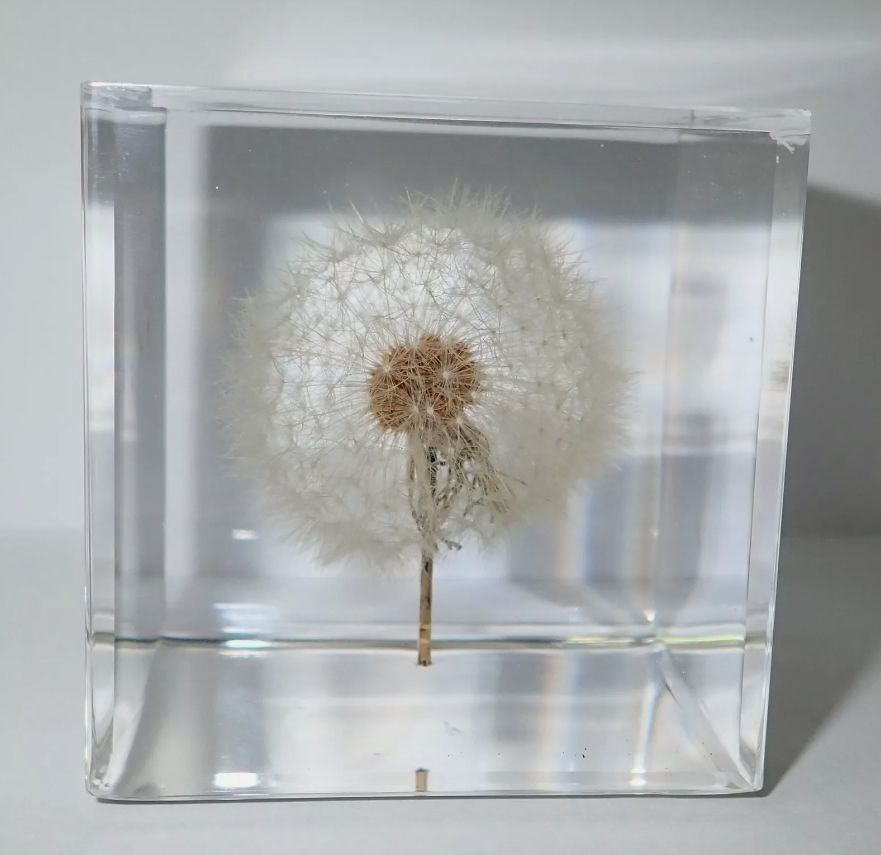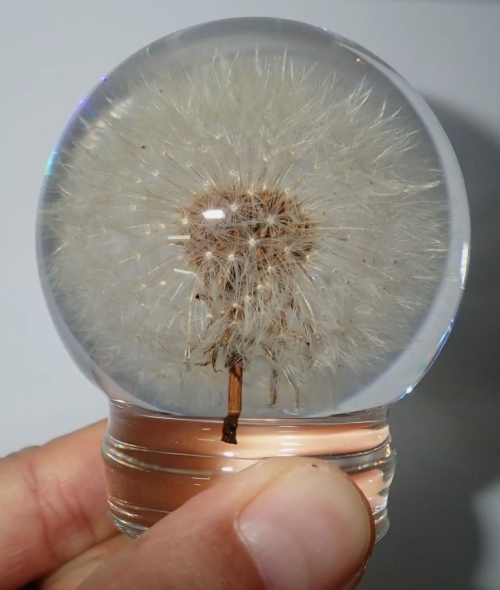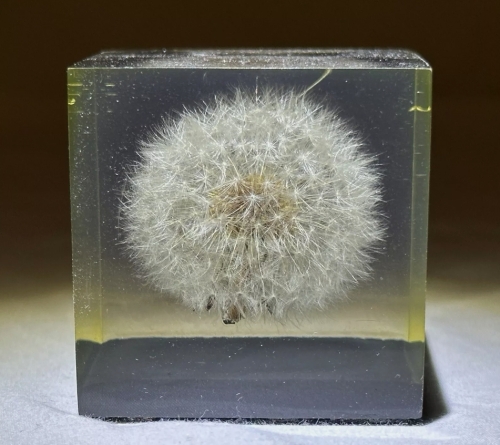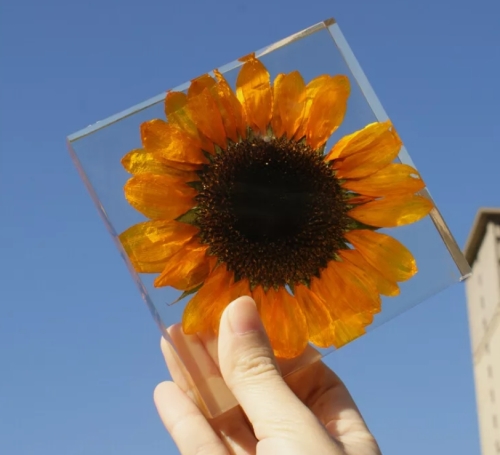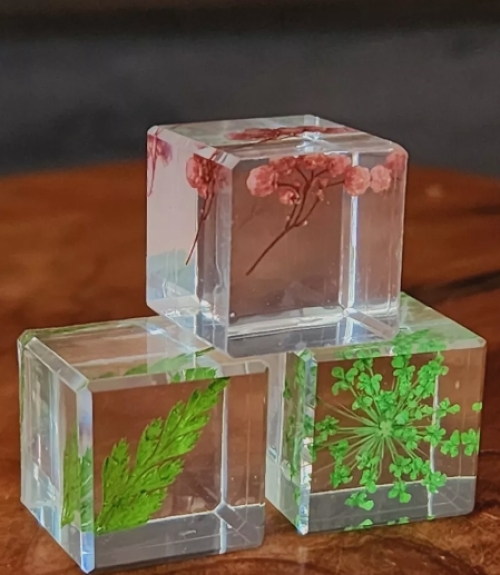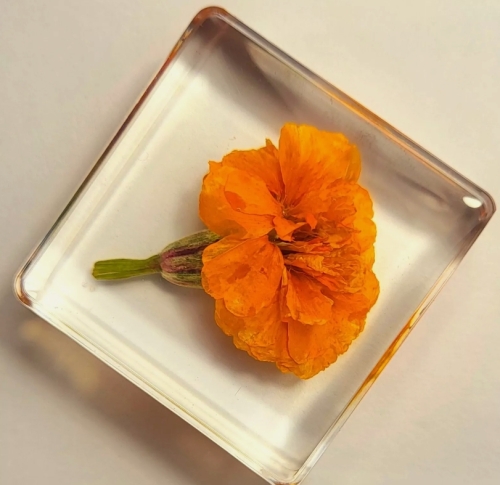Botanical taxidermy is a special method of preserving plant samples to record the morphological characteristics and ecological information of plants. The technique originated hundreds of years ago and still plays an important role in botanical research, education and historical research.
The process of preparing plant specimens is relatively simple and fun. First of all, it is key to choose a healthy sample of the plant, usually some leaves, flowers and fruits should be taken to ensure that the characteristics of the plant can be fully displayed. Collection should be careful not to damage the surrounding ecological environment. After collection, the sample should be dried quickly to prevent rot or discoloration, and common methods include sandwiching it between sheets of paper, or using a flower embossing appliance.
After drying, plant specimens need to be carefully arranged and labeled. The specimens are accompanied with collection information, including the time of collection, the name of the plant and its family, etc., which is helpful for subsequent research and teaching. Scientists and students can more intuitively understand the growth characteristics, distribution and ecological habits of plants through specimens.
Plant specimens not only play an important role in scientific research, they are also vehicles for culture and education. In many schools and universities, specimens are important learning materials in biology and ecology courses. Through the observation of specimens, students can better understand the biological characteristics of plants, and develop the ability to observe and identify. In addition, some historical specimens provide valuable evidence for the study of plant evolution and distribution.

